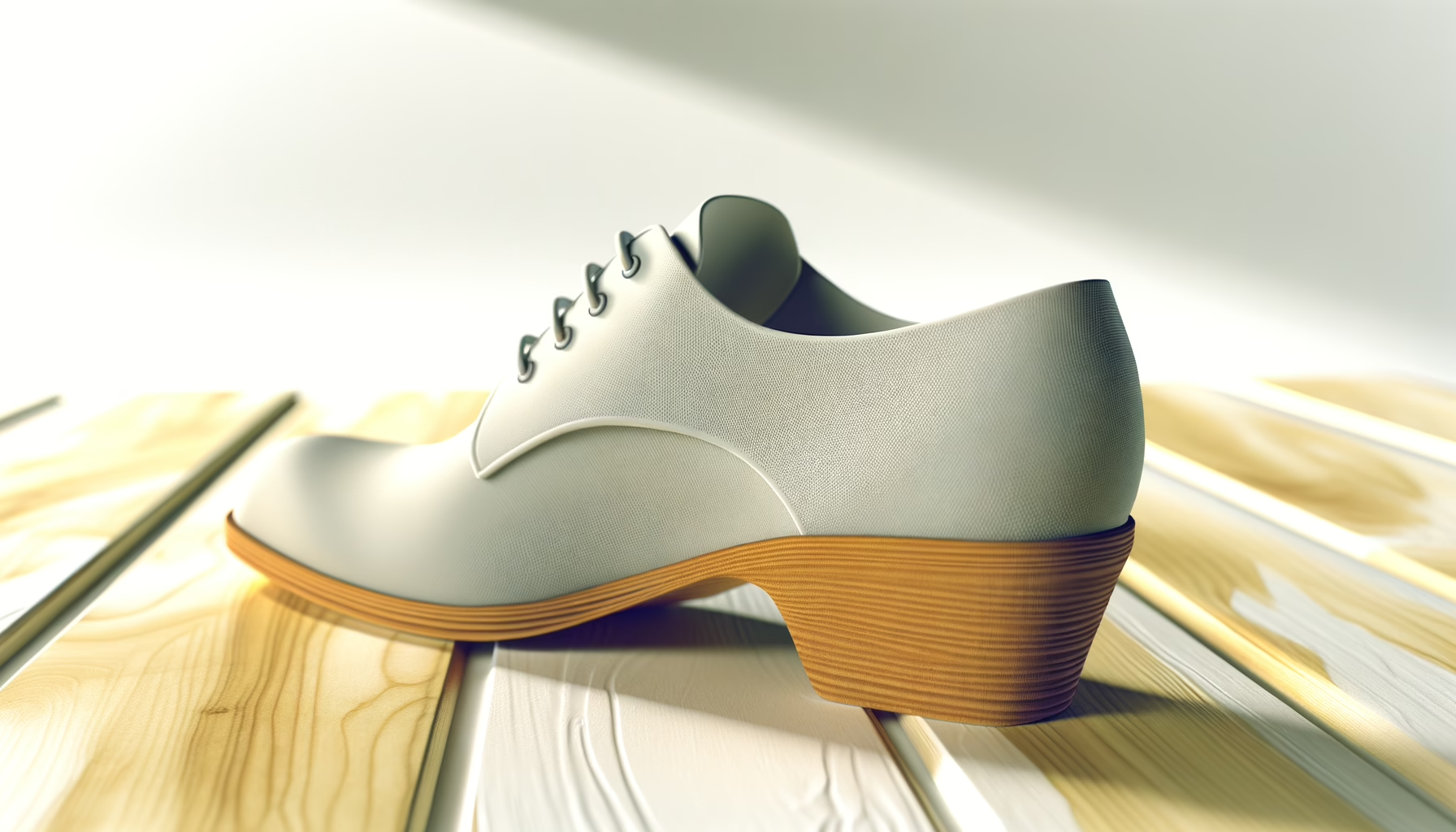Introduction
When you think about footwear, chances are thoughts of wasteful production and landfill mass come to mind, and let’s be honest, it’s not a pretty picture. The footwear industry is notorious for its environmental impact, with traditional manufacturing processes causing significant pollution and waste. Enter 3D printing, a way to not only revolutionise how shoes are made but also to potentially mitigate some of the fashion industry’s worst environmental sins. But how exactly is this technology paving the way for a more sustainable future in footwear? Let’s explore.
The Promise of 3D Printing in Footwear
The basics of 3D printing involve layering materials to create a final product, as opposed to traditional methods that often cut and shape materials into the desired form. This means fewer wasted resources. A Yale study highlights a whopping 48% reduction in carbon emissions and a staggering 99% cut in water usage when comparing 3D printed shoes to their conventionally manufactured counterparts. That’s a big tick in the environmental benefit column.
Now, let’s not get carried away; while 3D printing certainly sounds like the answer to our sustainability prayers, it isn’t completely worry-free. For instance, common materials used in 3D printing, like thermoplastics, can still have a significant petroleum component. And don’t get started on durability debates. Newer materials like cactus leather show promise but struggle to match the longevity and repairability of traditional leather.
Customisation and Fit
A significant benefit of 3D printing is the ability to customise footwear to fit individual needs, like it was tailor-made just for you. Companies like ECCO have tapped into this trend, employing technology that improves their production times and allows for rapid prototyping. Say goodbye to blisters from shoes that never seem to fit right!
Additionally, 3D printing enables unique design opportunities that simply aren’t feasible with conventional methods. For example, Adidas’s 4DFWD running shoe uses a 3D-printed midsole structure tailored for various foot anatomies, merging high performance with bespoke comfort. Furthermore, products like Nike’s 3D-printed heel clips encourage a more engaging consumer experience, allowing individuals to express their creativity with their footwear.
The Eco-Friendly Shoes of Tomorrow
A notable example in the sustainable footwear space is a collaboration between Vivobarefoot and Balena, which produced shoes that can be composted at industrial facilities. This means once you’ve worn them out, rather than chilling in landfill for centuries, these bad boys can actually return to the earth. Of course, they won’t be cheap, estimated in the £200-£260 range, but if you’re looking for a way to bolster your eco-friendly credentials, they do have that earthy appeal.
Sustainability Myths Debunked
Now, let’s talk about some of the myths swirling around 3D printed footwear. First off, just because something is 3D printed doesn’t automatically mean it’s eco-friendly. Despite the production efficiencies and waste reduction, the definition of sustainability in footwear is still murky. There are layers of complexities such as material sourcing and end-of-life disposal that often get glossed over.
Moreover, we can’t ignore the fact that the footwear industry lacks clear regulations regarding sustainability classifications. This means companies can tout ‘eco-friendly’ shoes without any stringent backing. It’s a bit like the Wild West over there, buyer beware!
Concluding Thoughts
While 3D printed footwear is undoubtedly blurring lines between fashion and sustainability, it’s essential to approach this innovation with a discerning eye. It offers compelling benefits, such as reduced emissions and heightened customisation, that traditional methods can’t match. However, it’s vital to remain sceptical about marketing claims and seek genuine sustainability efforts over greenwashing tactics.
In the ever-evolving landscape of fashion technology, 3D printing stands out as a significant step towards a more sustainable future, if we can navigate the challenges that come with it. So, if you’re contemplating your next shoe purchase, consider looking into what goes into them rather than what’s simply offered on the surface. Because every step towards sustainable fashion counts, especially when it comes to something as ubiquitous and necessary as footwear.








